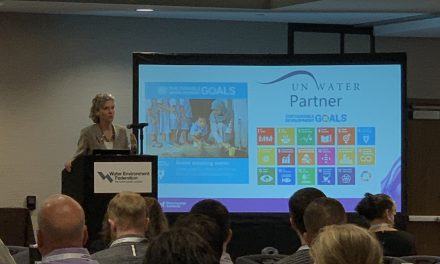According to a recent study in Environmental Earth Sciences by researchers from Australia’s national science agency, the Commonwealth Scientific and Industrial Research Organisation, stormwater can be safely used for drinking after being pumped into underground aquifers and then treated. In Adelaide, a southern Australian city, researchers also found that stormwater could be harvested at a little more than half the cost of constructing and operating Port Stanvac’s US$1.6-billion (Australian $1.8-billion) desalination plant. The three-year study found a cost difference of US$1.33 (Australian $1.47) per kL for stormwater harvesting compared with a minimum US$2.18 (Australian $2.41) per kL cost for desalination. However, according to the study authors, using harvested stormwater for drinking is still more expensive than treating water from the River Murray, which costs less than a dollar per kL. According to the study, Adelaide could harvest 60 GL of stormwater annually, which could be a cost-effective option if an expansion of the desalination plant were required.
Rainwater harvesting is one solution that can help prepare cities for both droughts and flooding. In parts of Australia, stormwater harvesting has been encouraged and incentivized. For instance, by 2025, the Government of South Australia hopes to harvest 35GL of stormwater for non-drinking purposes. The country’s rapid move to diversify and improve the resilience of its water supply should be a model for the western U.S. This is the mindset of Andy Lipkis, founder of TreePeople, who says 45% of Adelaide homes and 30% of Brisbane homes now have rainwater harvesting due to government backing.
Lipkis and TreePeople have a goal of getting Los Angeles to use 50% local water. Currently 89% of the city’s water is imported. However, TreePeople is committed to rapidly shifting the water supply paradigm, and believes that 30% of Los Angeles’ water could come from stormwater. One way they hope to accomplish this is through an invention called the “cistern fence,” which involves long, thin water tanks that also act as fences. According to an article in The Guardian, 30 meters of fence could hold 19 kL of water.




